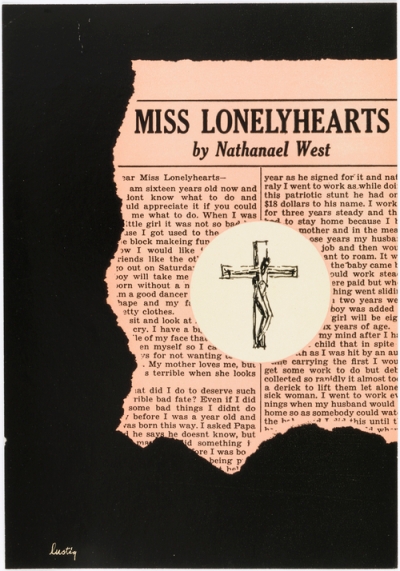100 years of cinema; 1002 nights at the movies.
One of the gleeful experiences I had recently, when watching movies in the cinema, was seeing a little “100 Years” banner below the logos I’ve been taking for granted all my life: 100 Years of…Paramount Pictures! Universal Studios! MGM! One day I finally clocked, with a jolt, that this was 100 years of names I’ve practically grown up with. The big Hollywood studios; the ones that gave us Katharine Hepburn and Cary Grant and Jimmy Stewart and continue to give us glorious things – they were celebrating turning 100! And it made me remember that although life is unimaginable now without the movies, that it is still a fairly young art-form.
On 3rd May this year (so – three days ago!) – another film industry turned 100: the Indian film industry! On May 3rd 1913, the first Indian feature film was released. This is widely held to be so by scholars, although there have been disputes about whether or not other films could be considered, in fact, the ‘first’; they’re discounter though, largely because they were recordings of stage-plays (so no camera movement etc.) People trace the birth of cinema to the Lumière films of 1895, and in 1896 they were screened in Bombay, becoming as sensational as they did in Europe & America. Cue the start of a love-affair that brings us to today, with Indian cinema being the largest film industry in the world (although when one says “Indian cinema” the reflex is to think of Bollywood which dominates the scene, Indian cinema actually encompasses films in multitudes of Indian languages: from Kollywood – Tamil movies – to Ollywood – Oriya films). I remember reading somewhere that film was an egalitarian artform: even during the Great Depression, people flocked to the movies because they were affordable and accessible. It didn’t have the hang-ups of ‘fine art’ that so many other art-forms did (though there was and is room for that too). Perhaps that same egalitarian force comes into play when it comes to India and the movies; vast inequalities, extreme poverties – these are all features of the Indian social landscape, ever-dwindling perhaps, but there for the present nonetheless. But the movies again are loved by all, & affordable for many; panacea for depressing circumstances.
One of the things I wonder about when watching old Hollywood films is – how was there so little dialogue or exchange between these two booming film industries? Maybe Indian cinema wasn’t a booming industry back then; I’m not sure. But this query stood true right up till this decade almost; there has been, in the history of cinema, very little exchange between Holly- & Bollywood. Maybe with legitimate reasons: where the former industry is favouring its big booms and actionpackedtwohours’worth, the latter still clings on to its song & dance, musical numbers that Hollywood largely dispensed with after the ’50s! But the times they are a-changin’, as Dylan once said, and the exchange between Western film and Indian film is ever-increasing. Partly, perhaps, this is a sort of Slumdog-effect, because really that movie brought Indian actors and composers to the fore at the Oscars as never before. Famous Indian names are slowly moving into Hollywood roles (not just folks like Freida Pinto – we recently got Anupam Kher in Silver Linings Playbook and we’re getting Amitabh Bachan in The Great Gatsby), and conversely big studio corps are moving into India to try and get a slice of big bucks pie (as this CNN article outlines so nicely).
Bollywood turns 100?
Not quite: the first Indian feature-film was actually a Marathi production. True, Bollywood is near-synonymous with Indian cinema these days, but it’s good to remember that the Indian film industry is much bigger and more diverse (linguistically and otherwise) than the blockbuster Hindi films we reflexively associate with the phrase.
Where for English-language productions folks at the AFI and BFI (amongst others) have done a swell job of saving rare old highly-flammable celluloid (thanks for fact, Tarantino!), Indian film-archiving has not been so great, as this piece in CNN-IBN can outline in greater detail. Only approximately 11-12 minutes of the first ever Indian feature film, Raja Harishchandra, exists for us to watch today. Fortunately, a nice man has put it up on Youtube, so here it is! Happy watching.
